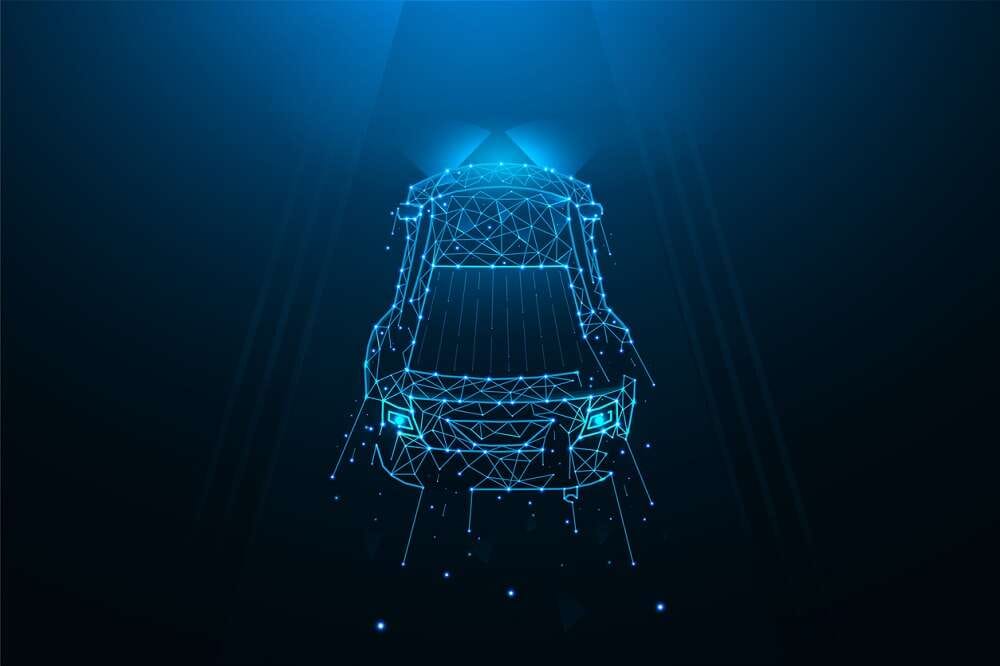
By Mike Wise, Director of Etyres
When we think of the future of the automotive industry, it is no longer just about electrification. It is now becoming more and more about automation.
It had always seemed like a science-fiction story when thinking of driving several hundred miles, without a drop of fuel but now this has of course become a reality with the evolution and development of EVs. But how is this still changing and evolving in the automotive industry?
This is where driverless vehicles or self-driving cars come into play.
The promise of self-driving vehicles has forever been enticing with the advancements in technology, it has had the potential to transform the automotive world, and change our experience whilst commuting, during long journeys and more. Automation can also help take people out of high-risk environments and streamline multiple industries. Building an environment of the future that we as humans want to thrive in, our reliance and relationship with cars are very quickly becoming redefined. This is thanks to lowering carbon emissions and paving the way for a much more sustainable way of living. The World Health Organisation has previously estimated that over 1.3million people each year die in fatal road traffic collisions. The introduction of self-driving cars could help make our travel safer, help reduce fatalities and increase the safety of our roads.
However, in order for self-driving cars to make it into our mainstream lives, much more has to be done and changed before this can become a reality. There are challenges and bumps in the road that need to be taken into consideration.
The idea of driverless vehicles is to seamlessly and calmly get the passenger from A to B. However, there always needs to be consideration of how other human drivers will drive and perform around these automated cars. Self-driving cars need to cope with drivers speeding or breaking the rules of the road as they travel to and from their destinations to help avoid accidents.
Human drivers are not the only challenge. There are regulations and highway codes that need to be followed and rethought. The public perception and infrastructures of our current streets, towns and cities also need to be considered when the question of liability for road accidents is brought to our attention. Every single insurance company is having to take a look at how they are going to deal with any claims where a human is no longer held responsible but instead the vehicle will be liable.
Mike Wise-Director of e-tyres said, “The prospect of driverless cars & all of the safety benefits open a new exciting chapter in automotive development. However, with the current economic climate, I can foresee that the vehicles will have the technology (many already do) but will be limited by the investment in infrastructure needed for completely autonomous driving. We are likely to start with toll roads where driverless cars will be enabled. Furthermore, the UK vehicle parc is still growing-we are running out of room!”
The ultimate vision for these driverless vehicles is that industry and worldwide networks are able to use these vehicles and have them deployed anywhere and everywhere in the world, be it for industry professionals or general public use.


